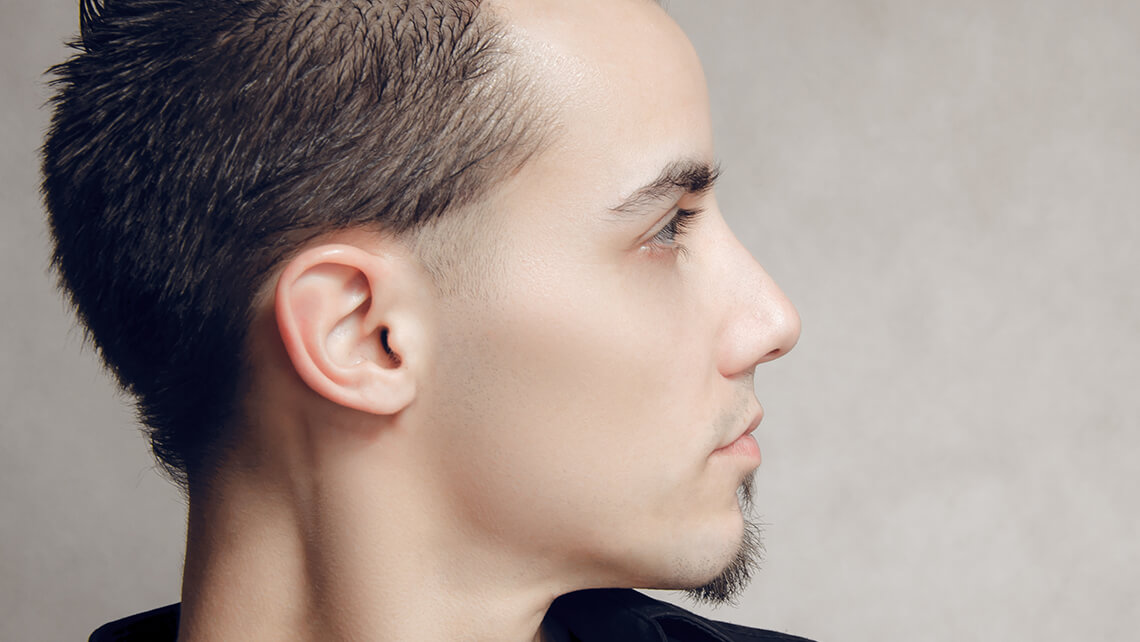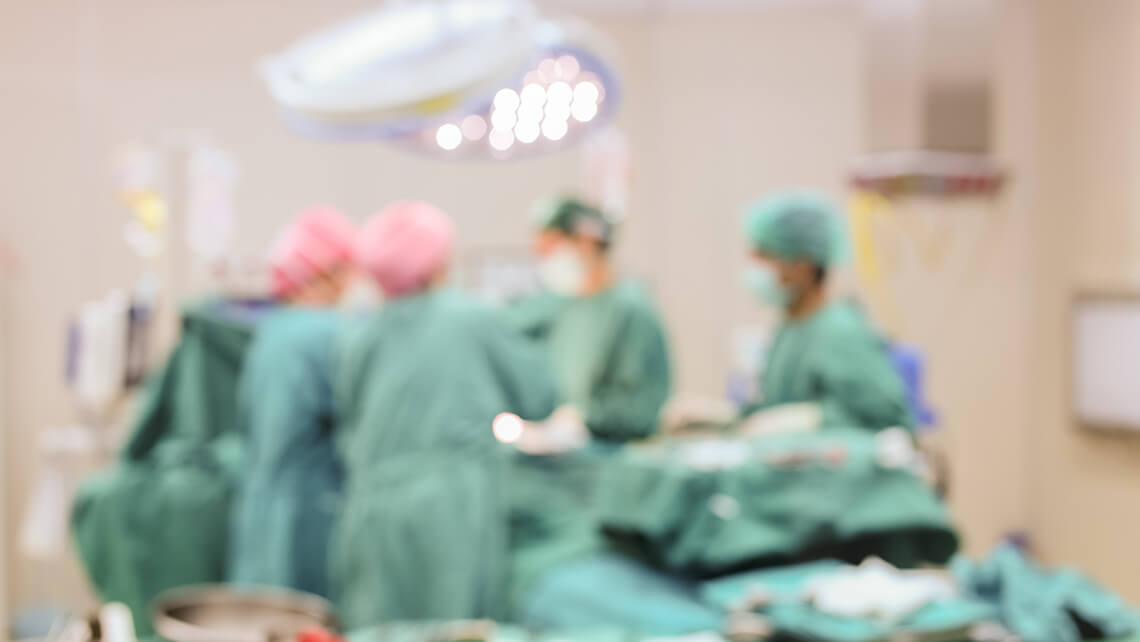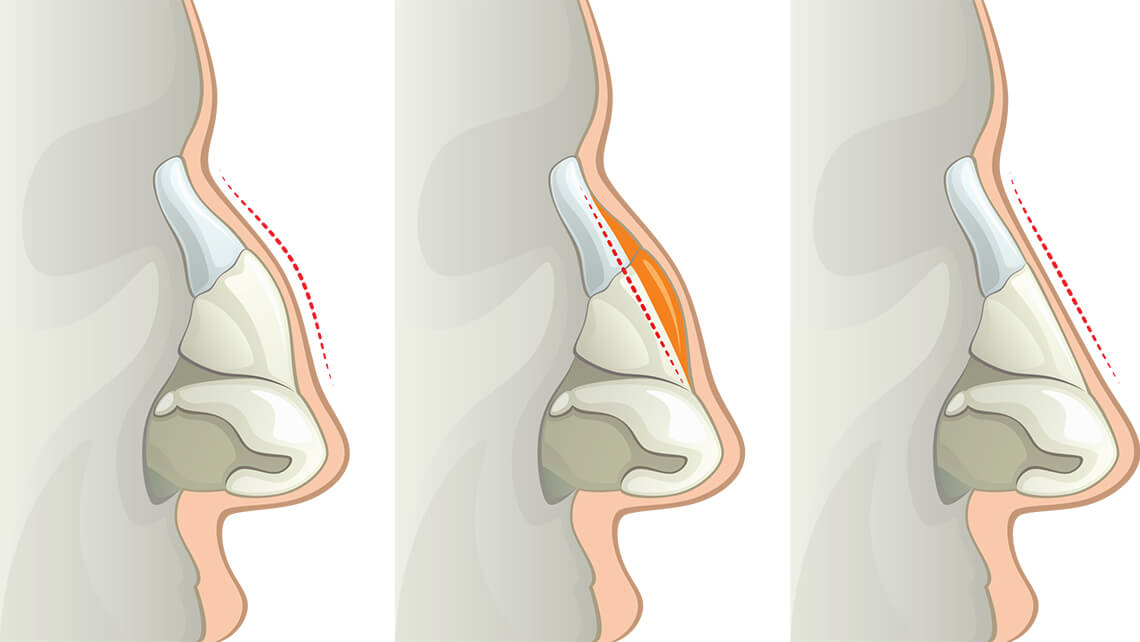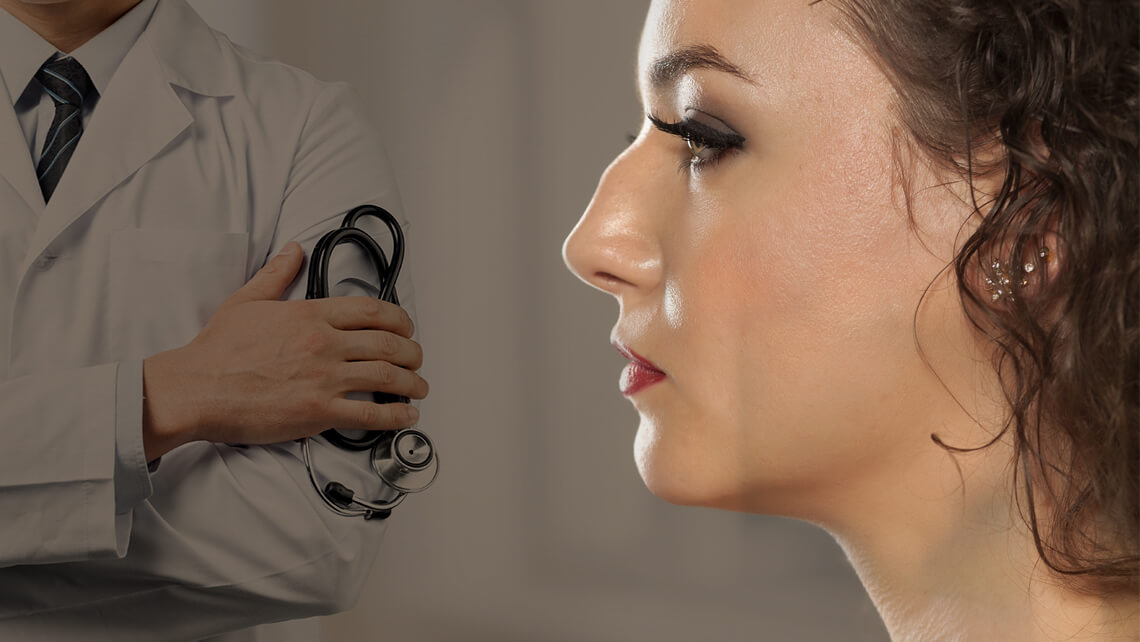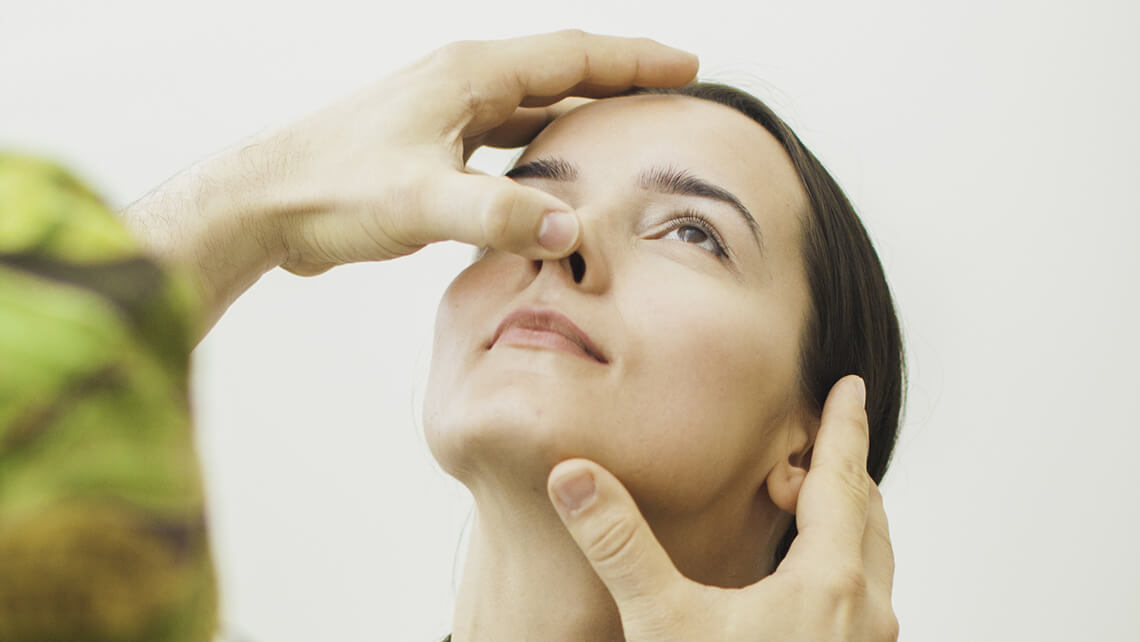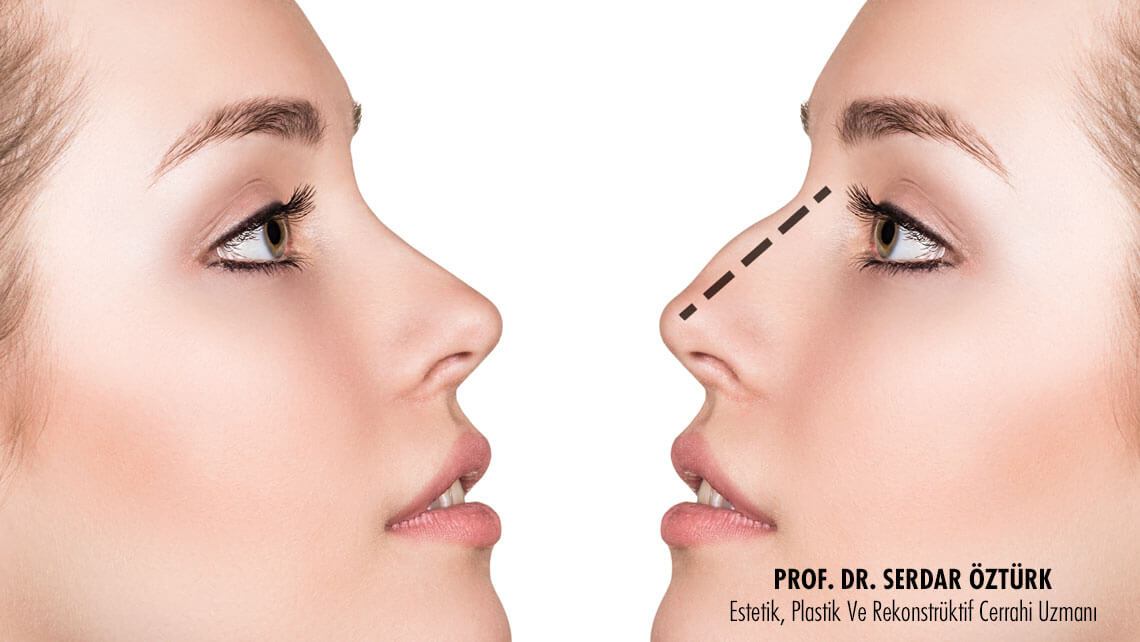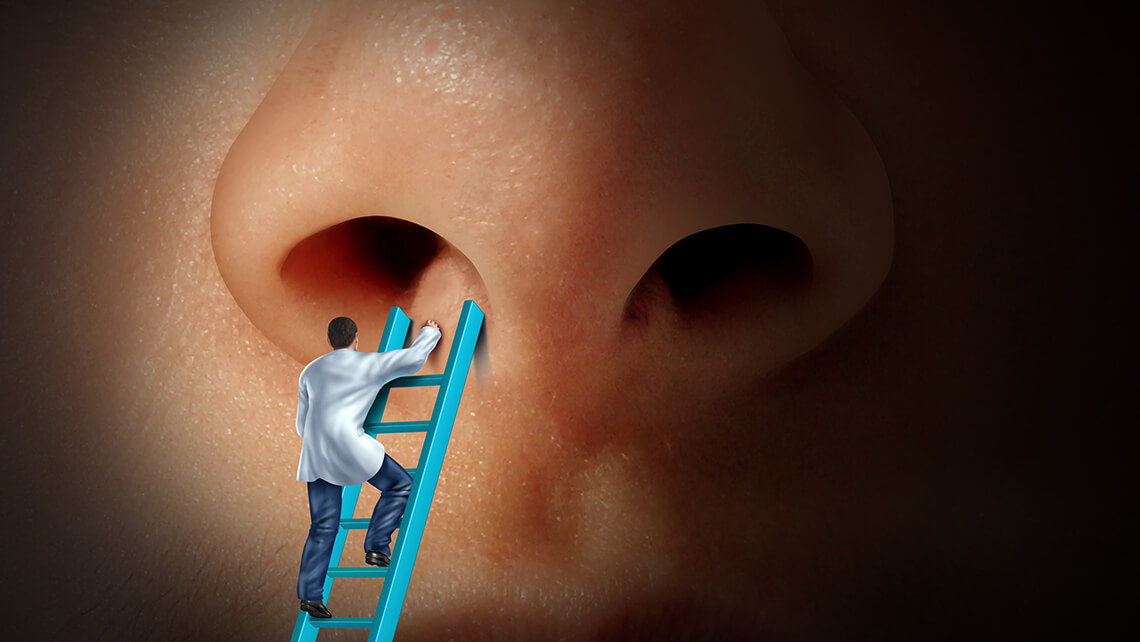Why can't I breathe comfortably?
Rhinoplasty and Respiratory Problem (Septorinoplasty)
If you have a respiratory problem, it can be easily solved during rhinoplasty. In other words, septal deviation surgery or nasal concha surgery can be easily performed in conjunction with rhinoplasty, and in such a case, the surgical procedure is called Septorhinoplasty.
If a patient with a respiratory problem have rhinoplasty before solving this problem, the complaints will increase and the patient may need to undergo a series of surgical operations. Therefore, if patients with septal deviation or nasal concha problem consider rhinoplasty, they must request the combination of the two surgical procedures.
The nasal septum is a wall that divides the cavity into two parts. The anterior part consists of a solid but bendable cartilage, and the posterior part consists of bone. Under ideal conditions, the nasal septum should be on the midline, and the widths of the right and left nasal cavities should be equal to each other. In 80% of people, the nasal septum is not exactly located on the midline. However, this does not cause any complaints and usually does not constitute a health problem. Conditions where the septum deviates excessively from the midline are called nasal septum deviation or septal deviation.
Formation mechanisms of septal deviation differ from each other. Despite being rare, some babies are born with septal deviation due to the crooked development of the septum in the mother's womb. Sometimes, septal deviation occurs while the baby passes through the birth canal. In addition, impacts, falls, sports injuries and traffic accidents experienced in childhood and adulthood can cause septal deviation. Septal deviations may also occur as a result of the growth of the bone and cartilage parts of the nasal septum at different speeds in the physical development period.
Difficult nasal breathing is the most common symptom of septal deviation. Nasal congestion occurs usually on the side, towards which the septum is crooked. However, it can also cause breathing difficulties felt constantly on the both sides, and felt variably sometimes on the right and sometimes on the left.
Septal deviation is treated with a surgical procedure known as septoplasty. Septal deviation surgery can be performed separately or in combination with rhinoplasty.
Septoplasty can be performed under general or local anesthesia, depending on the condition. However, as a physician who thinks that septoplasty should be performed in combination with rhinoplasty, and who carries out his practices in line with this opinion, I’d like to state that performing this surgical procedure under local anesthesia is not practical and healthy. In the surgery, the nasal septum is brought to its correct position on the midline. During the surgery, the extremely curved parts of the septum are completely removed, while the correctable parts are reshaped and put back in their places. At the end of the surgery, nasal packings are placed in the both nasal cavities to keep the corrected septum in its place. These nasal packings are usually removed on the second postoperative day.
- After the surgery, you will have to breathe through your mouth as the inserted nasal packings will block your nose.
- The nasal packings will cause increased nasal secretion. A pink-colored watery nasal discharge will be observed as leakage from the edges of the nasal packings, and as post-nasal drainage. This discharge that will gradually decrease until the removal of the nasal packings is not hemorrhage.
- Be careful not to bump your nose and do not move it with your hand to check its condition.
- Use the drugs recommended by your physician regularly.
- If your doctor recommends a nasal spray, apply it regularly after the removal of the nasal packings.
- Avoid blowing your nose until your physician says you can. After the removal of the nasal packings, you can clean your nose with the spray by gently sniffing it.
- Never sniff tap water. You can take a short bath with warm water.
- After the surgery, dryness and scab formation may occur in the nose. To reduce these problems as far as possible after the removal of the nasal packings, breathe through the nose against the vapor of a bowl of boiled water every 2-3 hours in the first days and 3-4 times a day in the following days.
- Full recovery in the nose will take 2-6 weeks. During this period, visit your physician for dressings and controls at the times he/she recommended.
The nasal septum has centers which determine the development of facial bones. Surgical treatment of septal deviations detected in childhood is usually not performed before 17 years of age, with intent not to damage these centers and not to disrupt the facial bone development. In adults, these growth centers are not active, and for this reason, septoplasty operations do not have a negative effect on the facial shape.
If the septum is repositioned again within a few months after the septoplasty surgery before the completion of the recovery period, or if there is a deformity due to a new nasal trauma, a revision surgery may be required. However, the rate of those who had a revision surgery is not even 2%.

